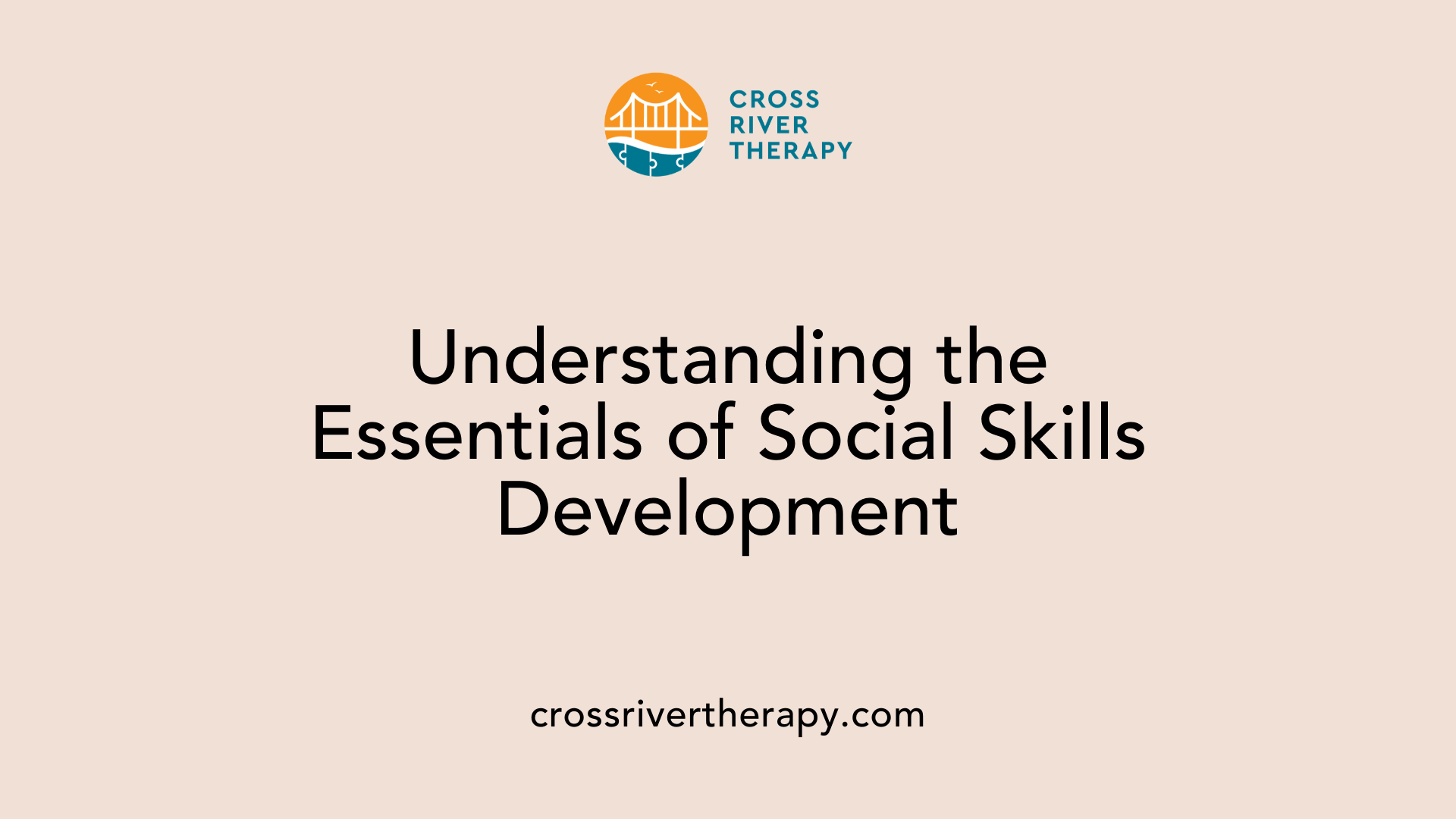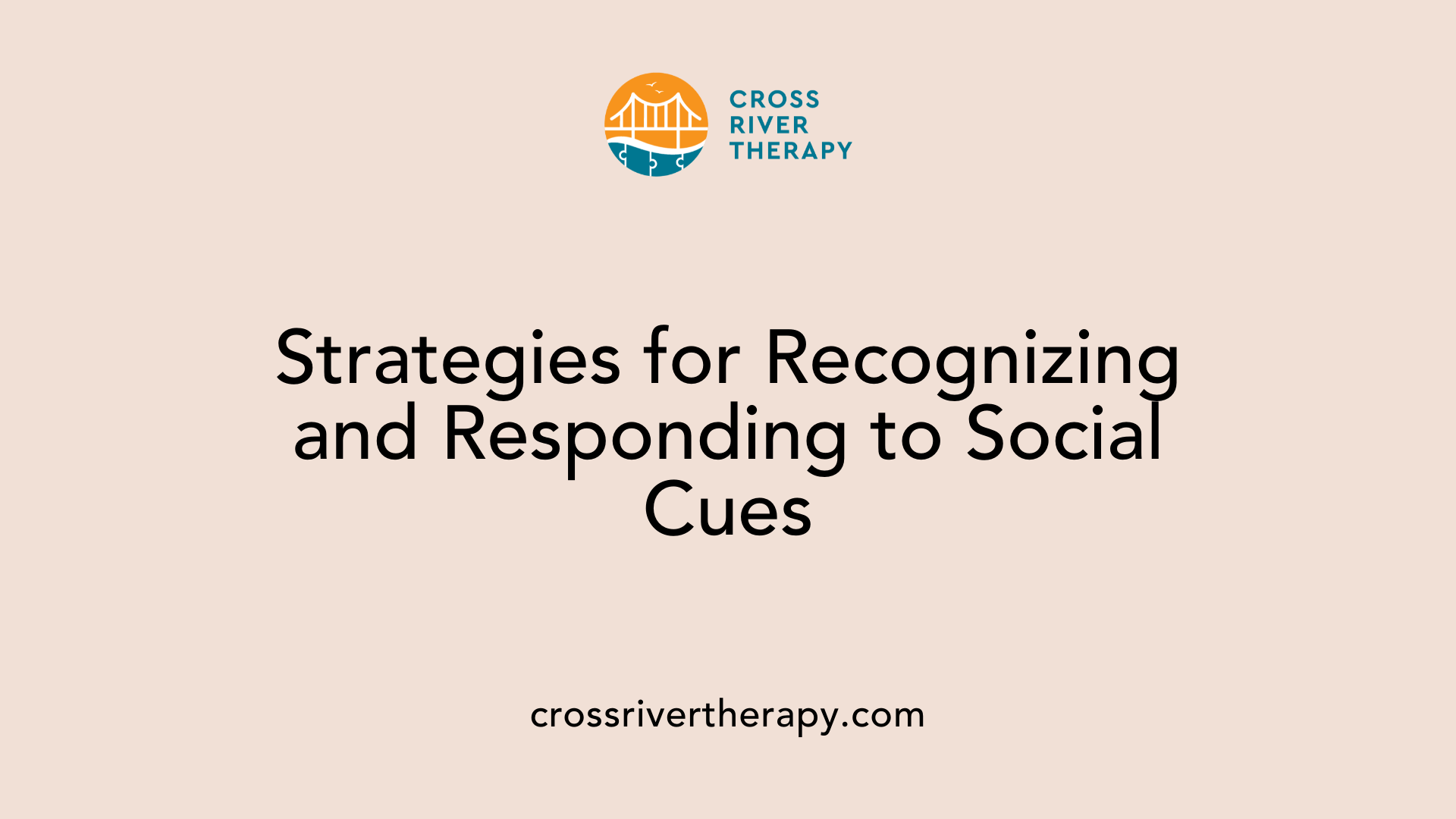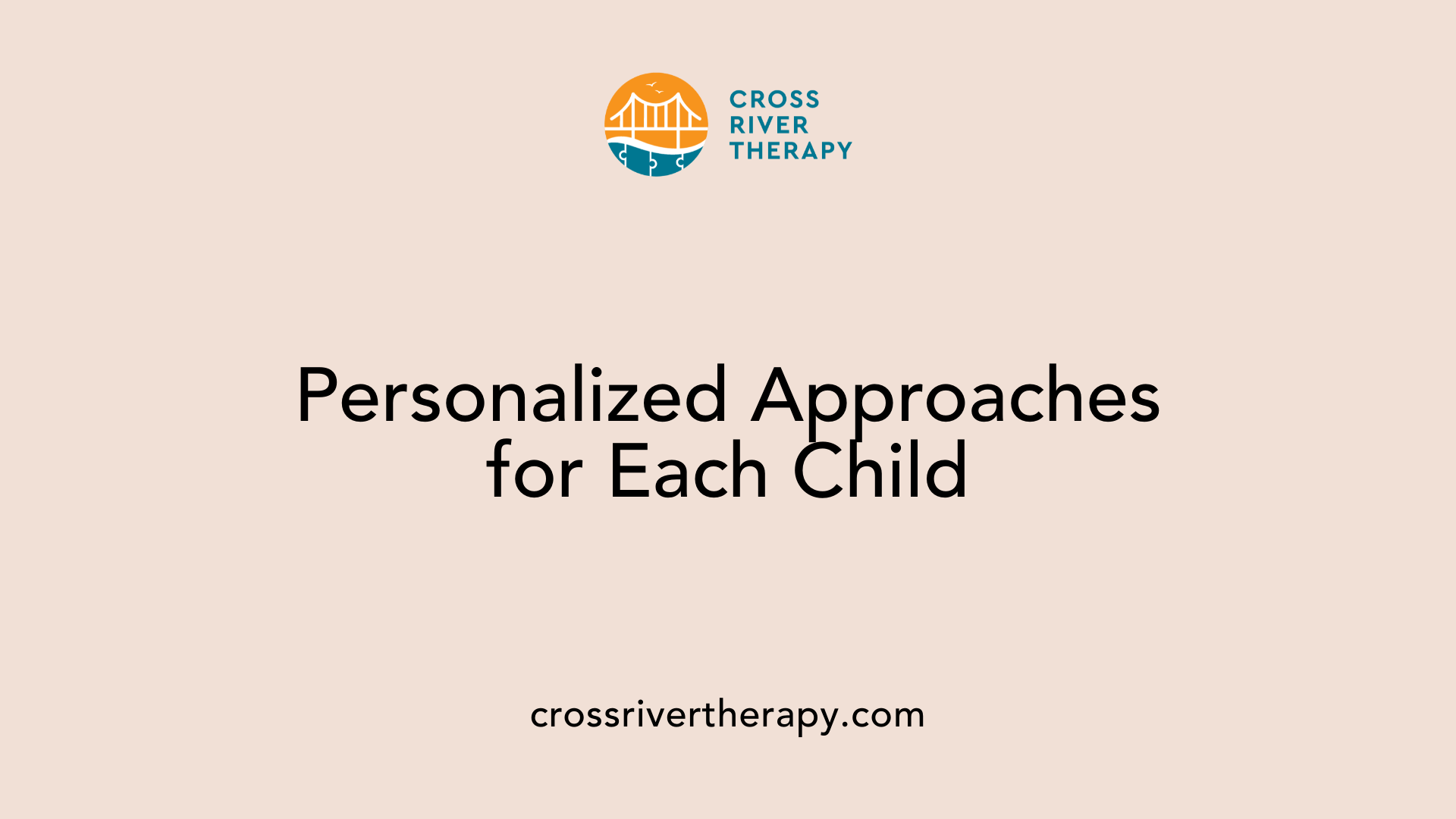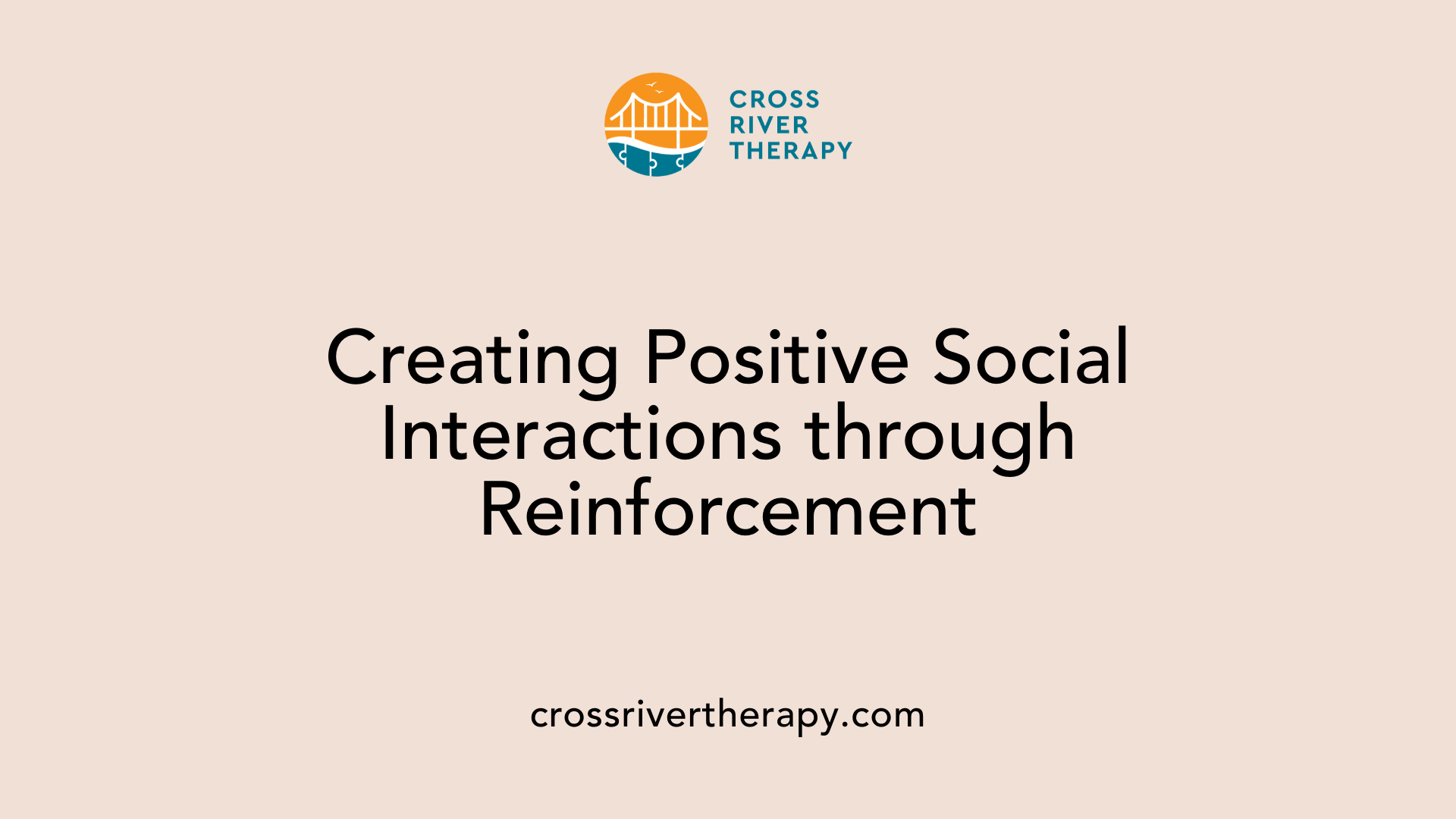How ABA Therapy Supports Children with Autism in Navigating Social Cues
The Role of ABA Therapy in Enhancing Social Skills for Children with Autism
Understanding ABA Therapy's Impact on Social Skills
Applied Behavior Analysis (ABA) therapy is widely recognized for its effectiveness in assisting children with autism spectrum disorder (ASD) to interpret and navigate the complex world of social interactions. This evidence-based approach focuses on systematically improving a child's ability to understand and engage in social settings. In this article, we will delve into how ABA therapy helps children with autism develop essential social skills, allowing them to form meaningful relationships and respond appropriately to social cues.
Breaking Down Complex Social Skills

How does ABA therapy help with social skills?
ABA therapy significantly enhances social skills in children with autism through systematic, evidence-based strategies. The approach involves breaking down complex interactions into smaller, manageable parts. This step-by-step method incorporates various techniques such as:
- Discrete Trial Training (DTT): Focuses on teaching specific skills in a structured format.
- Modeling: Involves therapists demonstrating appropriate social behaviors for children to observe and imitate.
- Role-Playing: Provides a safe environment for children to practice social scenarios, improving their ability to engage in conversations and understand social norms.
By utilizing positive reinforcement, children are rewarded for demonstrating desired social behaviors, which fosters motivation and confidence in their interactions. As they experience success in therapy, children better learn to understand social cues, body language, and emotions, which are crucial for navigating friendships and group dynamics.
Techniques used in ABA therapy
The techniques employed in ABA therapy address various aspects of social skills training:
| Technique | Purpose | Benefits |
|---|---|---|
| Discrete Trial Training (DTT) | Teaches specific skills and behaviors | Structured learning with clear objectives |
| Modeling | Demonstrates social behaviors | Helps children learn through observation |
| Role-Playing | Simulates real-life social situations | Builds confidence and practice in a supportive environment |
| Social Stories | Explains social scenarios and expectations | Enhances understanding of social interactions |
| Peer-Mediated Interventions | Involves typically developing peers | Promotes natural social interaction experiences |
These techniques, paired with positive reinforcement, not only develop self-confidence and social behavior but also empower children to generalize skills in various contexts like at home and in school. Through tailored programs, ABA therapy addresses the unique challenges each child faces, ensuring effective social skills development.
Utilizing Effective Strategies for Social Cues

What strategies are used in ABA therapy to help children with autism understand and respond to social cues?
ABA therapy employs several effective strategies to assist children with autism in grasping and responding to social cues. One core method is reinforcing positive social behavior, where children receive rewards for demonstrating appropriate interactions. This creates a compelling incentive for them to engage in social situations.
Another vital aspect is modeling appropriate interactions; therapists demonstrate social behaviors for children to observe and imitate, providing them with clear examples to follow. Additionally, teaching imitation skills enables children to replicate these behaviors in real-life scenarios.
A structured approach is taken, whereby social skills are broken down into smaller, manageable parts. This simplification fosters confidence and ensures that children can practice elements like making eye contact and understanding greetings effectively.
Creating small structured social groups allows for natural interactions among peers, a vital component in practical social learning. Tools such as social narratives and cartooning serve to clarify social rules and expectations, enhancing comprehension. Lastly, incorporating concepts of empathy and reciprocity further enables children to understand others' perspectives, building their social competence.
| ABA Strategy | Description | Outcome |
|---|---|---|
| Positive reinforcement | Rewards for exhibiting desired behaviors | Encourages repetition of positive behaviors |
| Modeling | Therapists demonstrate social behaviors for children to imitate | Provides clear examples for children's learning |
| Skill breakdown | Dividing complex social skills into manageable parts | Boosts confidence and practice opportunities |
| Natural group interaction | Provides real-life practice within small, structured groups | Enhances practical social skills application |
| Social narratives/cartooning | Devices to explain social rules and expectations | Improves understanding of social contexts |
| Empathy training | Teaching recognition of others' emotions and perspectives | Fosters deeper social connections |
Through these strategies, ABA therapy equips children with autism to navigate the complexities of social interactions more effectively.
Tailoring Programs to Individual Needs

Individualized ABA Therapy for Social Skills
Individualized programs are a cornerstone of ABA therapy, especially for children with autism who require tailored support to develop vital social skills. Each child's unique challenges and strengths are comprehensively assessed to create an intervention plan that directly addresses their needs. This customized approach allows for a focused strategy that breaks down complex social skills into manageable components, making them easier to learn and practice.
For instance, if a child struggles with making eye contact or understanding social cues, these specific areas can be targeted through structured learning strategies. Techniques such as role-playing, modeling, and the use of social stories are implemented to enhance learning in a more personalized manner, fostering engagement and ensuring that skills are practiced in settings relevant to the child’s life.
Parental Involvement
Involving parents and caregivers in the ABA therapy process is crucial. Their active participation not only reinforces the skills learned during therapy sessions but also integrates these learnings into everyday situations. Parents are trained in behavioral strategies, allowing them to provide consistent support at home, thereby enhancing practice opportunities and fostering a collaborative effort toward the child’s development.
For effective implementation of a program designed to develop social interaction skills, it's essential to:
- Adopt a structured approach tailored to each child's developmental stage.
- Incorporate various therapeutic techniques, including behavioral teaching and sensory motor therapies.
- Ensure skilled supervision by professionals knowledgeable in ASD to guide the process.
- Align the program with DSM-5 criteria to set appropriate goals based on the child’s specific characteristics.
By customizing programs in these ways, children with autism can experience significant improvements in their social skills, making meaningful connections and enhancing their social interactions.
Addressing Social Challenges through ABA

What are the challenges faced by individuals with autism in social contexts, and how does ABA therapy address these issues?
Individuals with autism frequently encounter significant obstacles in social situations. Challenges include:
- Understanding social cues: Many children with autism struggle with body language and facial expressions, which are essential for effective communication.
- Maintaining conversations: Engaging in back-and-forth exchanges can be daunting, leading to difficulties in social interaction.
- Interpreting emotions: Recognizing and responding to emotions in themselves and others can be a complex task, resulting in feelings of overwhelm.
These difficulties often lead to social deficits, even when individuals might have a strong desire to interact. ABA therapy steps in to address these challenges through structured learning opportunities.
Structured Learning and Practice
ABA therapy employs various techniques, including:
- Role-playing and modeling: Creating scenarios where children can practice social interactions in a safe environment enhances their confidence.
- Social skills groups: Programs like PEERS offer targeted training, assisting children in developing empathy, responsibility, and communication skills through peer interactions.
- Visual supports and guided practice: Tailored approaches help children better recognize social cues and norms in realistic settings.
Ultimately, individualized programs in ABA therapy facilitate engagement by breaking down complex social skills into manageable steps, fostering significant improvements in social competence and interaction.
The Importance of Generalizing Social Skills
Generalization in ABA Therapy
Generalization is a critical aspect of Applied Behavior Analysis (ABA) therapy, which emphasizes the ability of children with autism to apply learned social skills across various contexts. This means not only practicing skills in therapy but also effectively using them in real situations, such as at school or within the community.
The structured environment in ABA therapy helps in minimizing distractions while the kids learn, making it easier to focus on skills like eye contact, greetings, and turn-taking. Each child's program is tailored to their individual needs, allowing for a step-by-step approach to learning that facilitates this generalization.
Real-life Application of Social Skills
Applying social skills in real-life situations is vital for building meaningful relationships. ABA therapy promotes opportunities for practice in diverse settings. For instance, therapy may involve role-playing different scenarios or using peer-mediated interactions to mimic actual social exchanges. This hands-on approach provides children with a safe space to refine their responses and behaviors.
Additionally, positive reinforcement is utilized to encourage the frequent use of these skills in everyday interactions, fostering confidence in children's ability to navigate social environments. Consequently, this capability not only aids in enhancing their social lives but also supports their overall development.
Role of Non-Verbal Communication in Social Skill Development
Teaching non-verbal cues
Non-verbal communication is a crucial component of social skills development, especially for children with Autism Spectrum Disorder (ASD). Many children with autism struggle to interpret body language, facial expressions, and tone of voice, which can hinder their ability to engage with others effectively. ABA therapy focuses on teaching these non-verbal cues through systematic strategies. By breaking down complex social cues into manageable parts, children learn to recognize and respond appropriately to the emotions and behaviors of those around them.
Video modeling and other strategies
One effective strategy used in ABA therapy to teach non-verbal communication is video modeling. This involves showing children videos that demonstrate appropriate social interactions, highlighting body language and facial expressions. Observing these interactions helps children learn what to look for in real-life situations. Other strategies include direct modeling by therapists, role-playing activities, and using social stories that illustrate specific scenarios.
These approaches create a supportive learning environment that empowers children to practice their non-verbal communication skills confidently. With consistent reinforcement and practice, children become more adept at reading social cues, leading to improved social interactions and relationships.
Building Positive Social Associations

Positive Reinforcement in ABA
Positive reinforcement is a crucial element in Applied Behavior Analysis (ABA) therapy that significantly enhances the development of social skills in children with autism. When children demonstrate desirable social behaviors, they are rewarded with positive reinforcement. This can include tangible rewards, like stickers or small toys, as well as social praise from therapists and caregivers. By associating positive feelings with social interactions, children are encouraged to repeat these behaviors, effectively helping them build a positive framework for engaging with others.
Encouraging Social Interactions
Creating an environment that fosters social interactions is a primary aim of ABA therapy. Structured programs incorporate techniques like role-playing and modeling to simulate social scenarios. This allows children to practice engaging in conversations, understanding body language, and responding to peers in real-time.
Peer-mediated interventions also play a pivotal role in this process, where typically developing peers guide and reinforce social interactions among children with autism. Such interactions are critical for developing friendships and learning to navigate complex social cues.
Through consistent positive reinforcement and well-structured opportunities for interaction, ABA therapy effectively promotes not just the acquisition of social skills but the confidence to use them in everyday situations.
Enhancing Social Abilities through ABA Therapy
ABA therapy is vital for children with autism in their journey to master social cues and interaction. By centering on tailored, positive reinforcement techniques and structured learning environments, this therapeutic approach provides the tools needed for improved social comprehension and engagement. As children break down and understand complex social skills, they are better equipped to navigate diverse social landscapes securely and successfully, ultimately fostering a sense of belonging and communication fluency in their communities.
References
- How ABA Therapy Can Help Improve Social Skills in Children with ...
- Developing Social Skills Through ABA Therapy for Autism
- Mastering Social Skills: ABA Therapy for Autism
- The Role of ABA Therapy in Enhancing Social Skills in Children
- What You Should Know About Social Cues in Autism
- ABA Therapy for Social Skills: Building Connections
- How ABA Therapy Helps Improve Social Skills in Children
- How ABA Therapy Enhances Social Skills in Children with ASD



